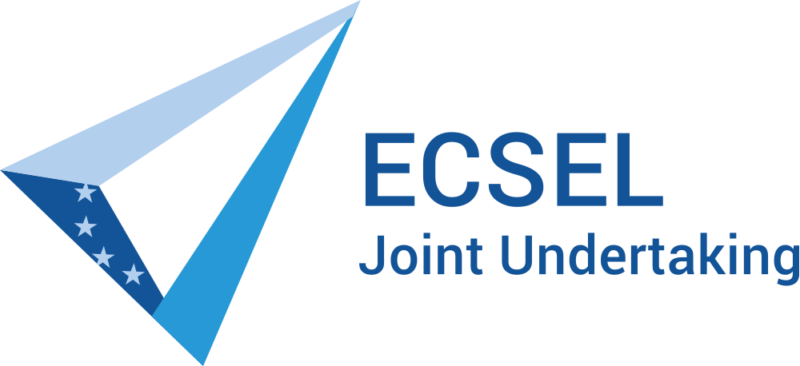Analysing Residual Risks when Introducing Monitoring and Diagnosis into Systems
Thomas Hirsch, Franz Wotawa
Abstract: Systems under operation come with risks, i.e., a likelihood that a fault causes unwanted events or even harm. In the case of safety-critical systems like cars or airplanes, identifying and mitigating risks is essential for avoiding such critical events. Measures for mitigation, including monitoring and property checking, also come with risks. Not being able to classify a failure correctly or coming up with errors or warnings without reason may cause trouble, too. Therefore, it is evident to analyze the remaining risks (i.e., the residual risks) and compare them with the original ones. This paper presents a framework for analyzing such risks, show their application when introducing monitoring and mitigation, and presents a case study using concrete values
Analysing Residual Risks when Introducing Monitoring and Diagnosis into Systems




